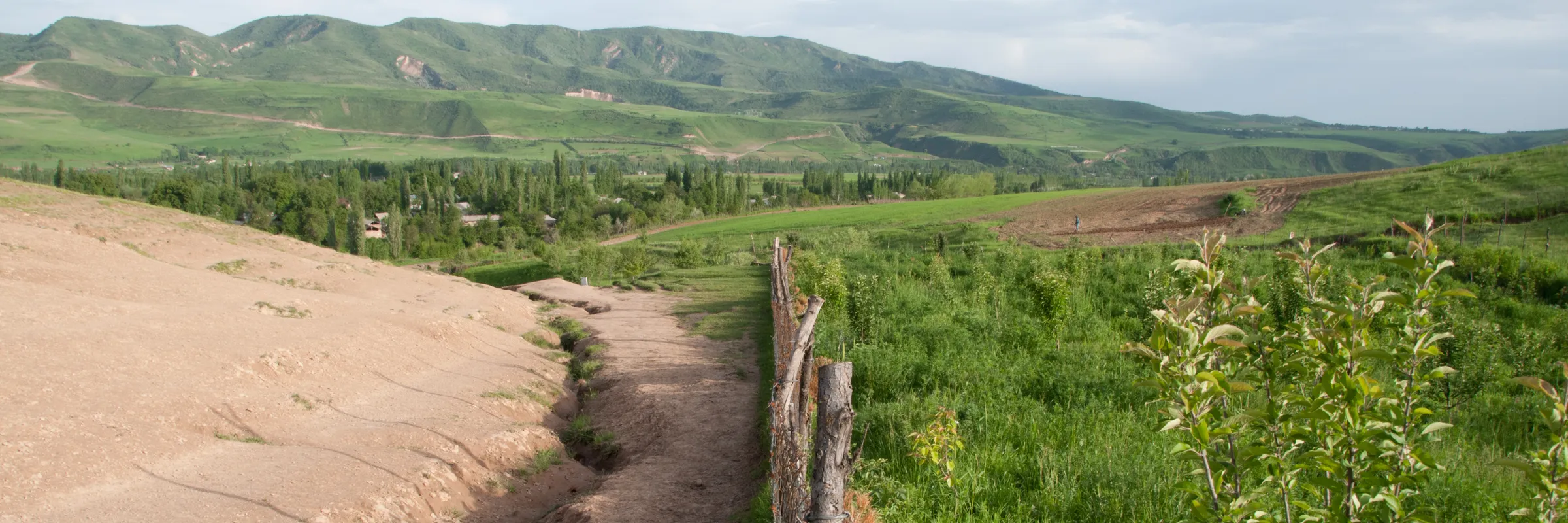Book project: where people and their land are safer – A Compendium of Good Practices in Disaster Risk Reduction
"Where people and their land are safer - A Compendium of Good Practice in Disaster Risk Reduction" is a joint publication of the DRR Platform and WOCAT. The guidelines, accompanied by a short video, introduce the concepts of DRR and present 30 good practices in Disaster Risk Reduction.
- Home
- Book project: where people and their land are safer – A Compendium of Good Practices in Disaster Risk Reduction
About the project
"Where people and their land are safer - A Compendium of Good Practice in Disaster Risk Reduction" is a joint publication of the DRR Platform and WOCAT. The DRR Platform is comprised of Swiss NGOs and their partners. The guidelines, accompanied by a short video, introduce the concepts of DRR and present 30 good practices in Disaster Risk Reduction.
This compendium of good practices can help facilitate the exchange and use of knowledge within and between different organizations, implementing institutions, and countries engaged in DRR. Particular focus is given to knowledge that exists among the members of the DRR Platform and its partners.
The compendium of practices also contains an assessment of suitability, adoption, and scaling up of good practices. The practices proposed can form part of an overall DRR strategy for practitioners in the field, and can also inform decision-makers and donors to better understand and implement their choices. The practices are flexible and, if needed, can be adjusted to the local context while remaining embedded in institutional frameworks. The practices function as a tool for stakeholders (planners, advisers, extension agents, development consultants) from different sectors (WASH, food security, agriculture) to include good DRR practices in the planning, design, and implementation of development/ humanitarian projects.
Project results and impacts
SLM benefitting DRR and vice versa – making use of WOCAT in DRR
The practices analysed shed light on the diversity of available DRR initiatives and the fact that, very often, the same or similar practices are promoted under SLM, however commonly without a specific or articulated risk reduction objective. Naturally there are overlaps and sometimes no clear distinction between the two: ‘Bench terracing’ and ‘Farmer Managed Natural Regeneration’ are equally ‘at home’ under DRR or SLM. Another example is provided by homegardens. The WOCAT Database includes examples of homegardens from around the globe. However, homegardens which are specifically tailored to the context of natural hazards such as the ‘Keyhole garden’ and the ‘Floating garden’ (both used in Bangladesh), are new to the SLM community. Ironically while the ‘Keyhole garden’ was originally developed by African farmers to preserve their crops from wind and sand, it was then adapted successfully as a DRR Technology in the flood context of Bangladesh. The essence here is that SLM practitioners need to be aware of such developments – and indeed to be on the look-out for the DRR potential of some of ‘their’ Technologies: and DRR practitioners can pick up ideas from SLM. Thus both DRR and SLM communities can benefit from documentation and sharing of experiences (e.g. through the WOCAT Database) to identify good practices relevant to the context they are operating in and adapt them, if necessary, to the local conditions.
Assessing risks, considering the land
Conducting systematic risk assessments, taking into consideration multiple hazards and analysing vulnerability, is key in underpinning a sound risk management strategy. The vulnerability of the land and the potential of SLM to prevent or reduce disaster risk should be considered when assessing risks, and acknowledgement of this will raise awareness and build capacities of land users and decisionmakers.
Productive protection
SLM produces ecological benefits which help to protect people and their land from hazards and their impacts. Additionally, as shown in the analysis, good land management is multi-purpose and produces numerous socio-economic benefits such as increased crop or fodder production, increased water availability and increased farm income. These benefits improve the livelihoods of people on an everyday basis and help them to be less vulnerable when exposed to hazards.
Check out the publication to read about all of the results.
Publications

Contact
 Switzerland
Switzerland
SLM practices documented within this project.
Project duration
2015 - 2017

Swiss NGO Disaster Risk Reduction (DRR) Platform


